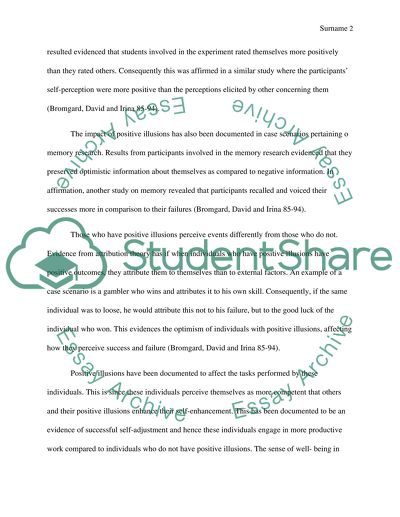Cite this document
(“Positive illusions Essay Example | Topics and Well Written Essays - 1500 words - 1”, n.d.)
Positive illusions Essay Example | Topics and Well Written Essays - 1500 words - 1. Retrieved from https://studentshare.org/psychology/1585589-positive-illusions
Positive illusions Essay Example | Topics and Well Written Essays - 1500 words - 1. Retrieved from https://studentshare.org/psychology/1585589-positive-illusions
(Positive Illusions Essay Example | Topics and Well Written Essays - 1500 Words - 1)
Positive Illusions Essay Example | Topics and Well Written Essays - 1500 Words - 1. https://studentshare.org/psychology/1585589-positive-illusions.
Positive Illusions Essay Example | Topics and Well Written Essays - 1500 Words - 1. https://studentshare.org/psychology/1585589-positive-illusions.
“Positive Illusions Essay Example | Topics and Well Written Essays - 1500 Words - 1”, n.d. https://studentshare.org/psychology/1585589-positive-illusions.


